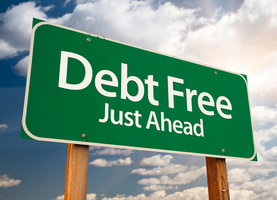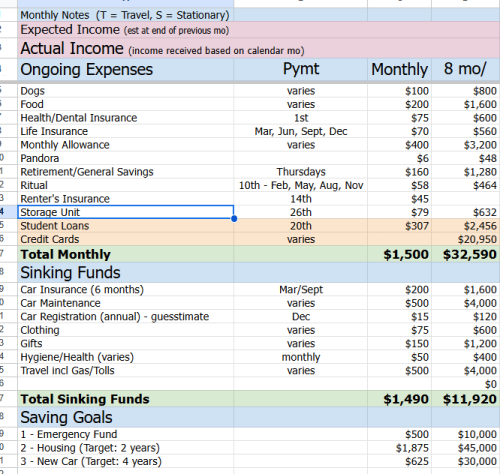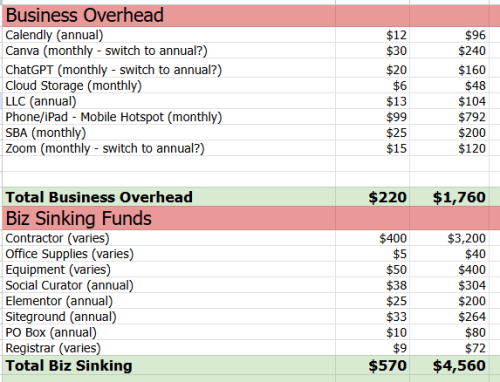by Semify
The modern homeowner is increasingly caught in a financial loop — renovating frequently, borrowing to fund upgrades, and repeating the process in pursuit of a better living space. While home improvements can boost comfort, efficiency, and property value, they often come with a growing burden of debt. This cycle, driven by both necessity and desire, is becoming the norm rather than the exception in today’s housing landscape. Let’s explore how renovation habits, borrowing trends, and hidden costs are reshaping the experience of owning a home.
Home Renovations: A Constant Cycle
Homeowners in the United States are no strangers to frequent renovations. Data from Gallery KBNY indicates that many choose to remodel their homes every 3 to 5 years. These renovations range from aesthetic upgrades like kitchen overhauls to functional improvements such as roof replacements or room expansions. This routine transformation of living spaces is often inspired by lifestyle changes, evolving design trends, or the need to improve a property’s market appeal. However, the frequency of these updates can contribute to a never-ending cycle of investment, where each project leads to the next, and often, to additional borrowing.
HELOCs and the Surge in Renovation Debt
As home improvement projects become more frequent, many homeowners turn to borrowing to finance their ambitions. One popular method is the home equity line of credit, or HELOC. According to LendingTree, Americans currently owe $387 billion across 13.2 million active HELOCs. This surge reflects how homeowners are leveraging their property’s value to fund renovations, sometimes multiple times over. While HELOCs offer flexibility, they also represent a long-term financial obligation that can trap homeowners in ongoing debt if not managed carefully.
Hidden Energy Costs Fuel Further Renovations
Energy efficiency is another major driver of home upgrades, especially when it comes to managing household utility costs. Windows, for example, play a significant role in a home’s energy use. Credit Karma reports that approximately 25% to 30% of a home’s energy consumption stems from heat loss and gain through windows. This inefficiency often leads homeowners to invest in energy-efficient replacements, another project that typically requires substantial upfront costs. While intended to reduce energy bills over time, these improvements can deepen the debt cycle if they are funded through credit or loans.
The pursuit of an ideal home often leads homeowners into a revolving door of improvements and debt. With renovations occurring every few years and billions of dollars tied up in HELOCs, it’s clear that modern homeownership is increasingly shaped by a pattern of spending and borrowing. Energy inefficiencies only add to the motivation and the expense. While home upgrades can enhance quality of life and property value, they can also bind homeowners to a financial treadmill. Understanding the long-term impact of these decisions is crucial for breaking free from the renovate-borrow-repeat cycle and building a more stable financial future.







